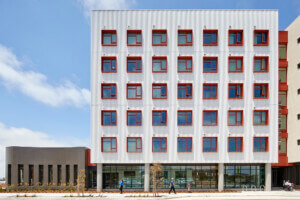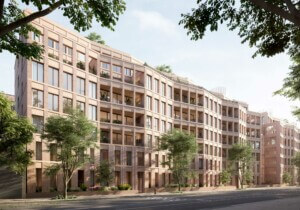In 2021, the Census Bureau estimated that an estimated 3.7 million Americans experienced housing insecurity, and an additional 14 percent of respondents, or 7.7 million Americans, are behind on their rent. Our national housing crisis is actually an affordability crisis. There is a national shortage of homes caused by record-low interest rates during the pandemic coupled with more than a decade of under-building. All of this has created a supply and demand mismatch that has pushed home prices out of reach for most citizens.
The U.S. has fallen behind by more than 5.5 million housing units over the past 20 years, as builders failed to keep up with historical building trends. If you add in property destruction due to demolition or natural disasters, the total shortfall could be 6.8 million units during that time, according to the National Association of Realtors.
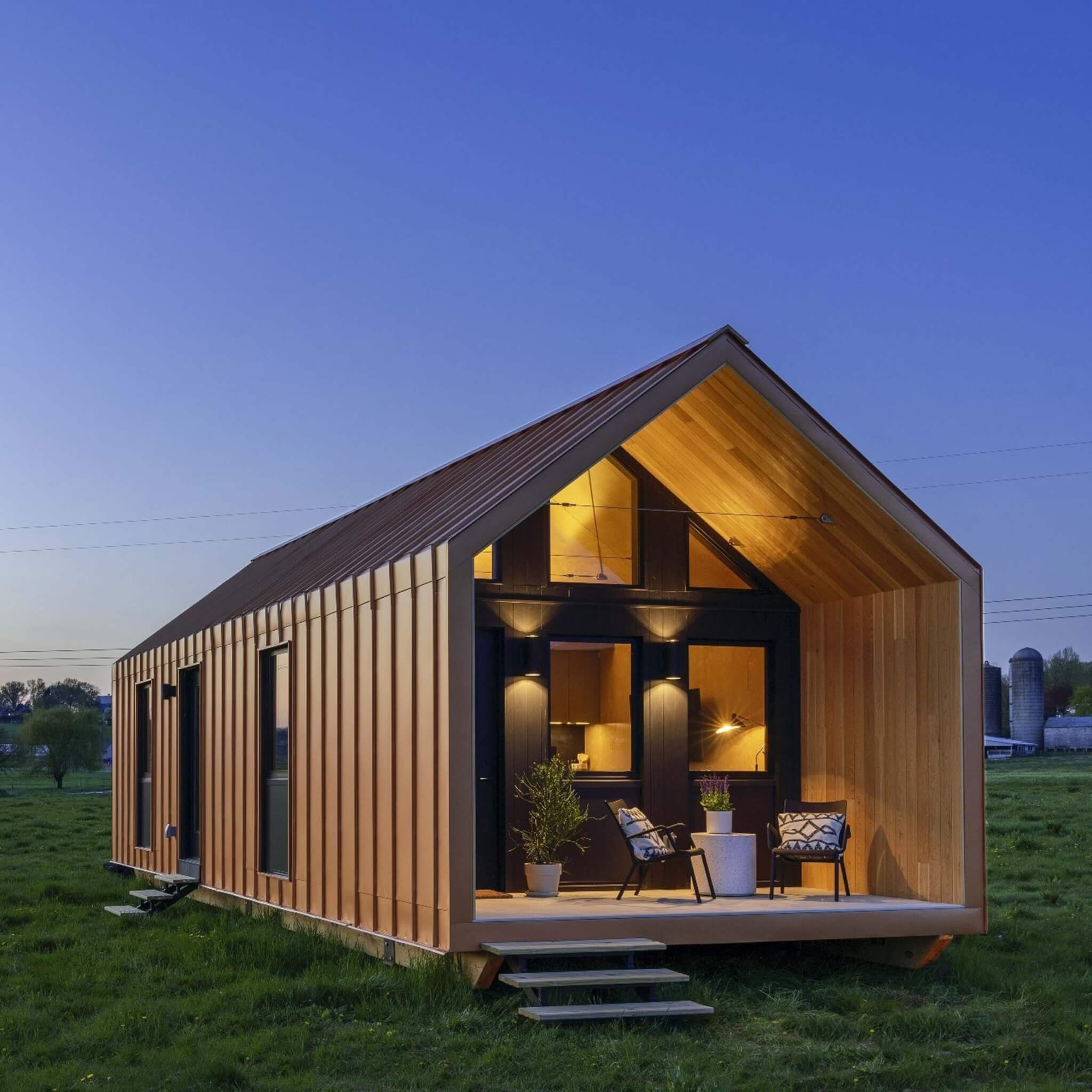
This is a gap so deep that it would take more than a decade to catch up. But even if more homes and apartments are built, it won’t matter unless people can afford them. We at DXA Studio believe that modular housing is a leading solution to the current housing crisis in the United States. Typically 15 to 20 percent less expensive per square foot than traditional site-built homes of similar quality, modular housing is less expensive because it is built in controlled factory settings with less waste and lower labor costs. Modular homes can also be built more than 50 percent faster than traditional homes—in weeks, rather than in months or years.
The issue, however, is that there are inherent obstacles to purchasing and building modular homes, and this stems from archaic building regulations, many written more than 50 years ago. As architects who have designed both emergency shelters for migrants in New York City as well as modular housing, we have identified impediments to making modular and emergency housing affordable and accessible. Last month, our team traveled to Washington, D.C. to meet with U.S. lawmakers to detail the issues for them and to offer a potential list of solutions.
The Quest To Simplify Homebuilding
Home building is a difficult proposition. It is unaffordable for most, and for those with the resources to build, it is a time-consuming and complicated endeavor. This is due to an approval process that differs in every municipality and is dependent on the often-strained resources of building departments and inspectors. The typical homebuilding process requires a bevy of professionals to assist in navigating that process.
Modular houses are no different than site-built homes in that the parcel of land they will be installed upon, and the same applicable local codes, must be identified before construction can begin. Inspection requirements and code enforcement are inconsistent from municipality to municipality, town to town. An exception to this is the Department of Housing and Urban Development (HUD) Minimum Property Standard, which supersedes local code regulations in 36 states and many other municipalities—and could allow homes to be built in bulk just like automobiles. This simple change to the HUD language will allow us to drive down the cost of homes in our target markets—urban infill and suburban areas where people need to be located near the city for work, but where housing is currently unavailable. We also foresee a large impact in rural areas where the cost of a site-built home may be inexpensive, but labor is harder to come by and projects can therefore be a lot more complicated to complete.
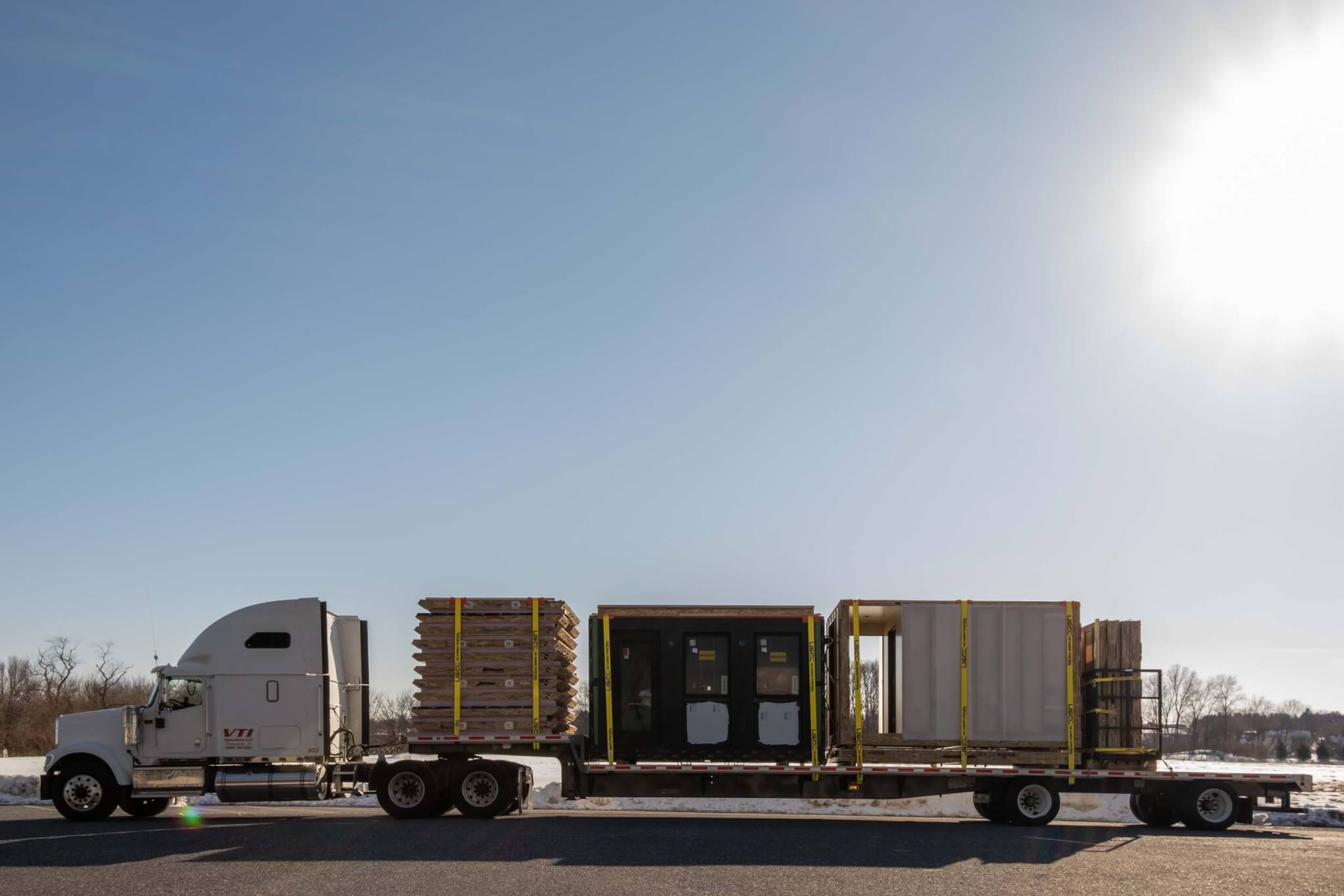
A singular code for all modular building projects, similar to the model set by HUD, would have an enormous impact on the availability of homes in a country experiencing an unprecedented housing shortage. It would translate to efficiencies in material cost and construction times, further lowering the cost to buyers and increasing availability.
This exception, however, includes a major drawback. HUD mandates that homes must be manufactured on a chassis, or trailer—a remnant of the trailer industry’s approach to building in the 1970s when this exception was codified. While the chassis was included as part of a push for safety in transportation, it also provided a more universal solution for a foundation. But that was five decades ago. Today, this requirement disqualifies other types of modular home systems from overarching federal approval, dampening the potential for further innovation and newer technologies.
Making The Case For Change
Our goal in meeting with senators and house representatives was to explain the role this chassis language plays in stifling innovation in lower-cost housing models. We wanted to appeal for a revision to the HUD verbiage.
Right now, modular homes are beholden to the local building codes wherever the home will be installed, making it impossible to build a stock of them in advance. The HUD code on the other hand, is at the federal level and bypasses local approval requirements. With the chassis wording removed, therefore, it opens up the possibility for our regular, non-chassis modular homes to go through the HUD approval process and bypass the local codes as well.
On this trip, we learned that Senator Tim Scott of South Carolina is including this very text change that we are proposing in the Renewing Opportunity in the American Dream (ROAD) to Housing Act. This bill, which is specifically intended to tackle the housing crisis, will be introduced to the senate floor later this year.
Upon discovering this legislation already in process, we began building a bipartisan coalition to push the bill forward. The housing crisis is one of the few remaining issues that can and should see broad support from both sides of the aisle. We focused our meetings on finding allies who are as determined to finding solutions to the housing crisis as we are. The excitement about us possibly finding a way to solve an issue as vexing as housing was palpable and clearly appreciated.
Representative Chuck Edwards of North Carolina was the first to express support. Representative Lloyd Smucker of Pennsylvania, home to the factory where our modular homes are manufactured, also offered his support for the bill. We also met with the staff of Congressman Dan Goldman of New York, who represents the home state of our company’s Manhattan headquarters. Affordable housing has long been a focus for the most populated city in the country. Goldman’s staff was attuned to the challenges of making housing affordable and offered their assistance. They also saw the potential for modular housing as a solution for larger-scale, multi-family housing in high-density contexts like New York City.
One Solution
The construction industry, and the building of homes in particular, has been an outlier when it comes to leveraging technology to achieve greater efficiency. Most existing buildings are the products of methods and materials largely unchanged since the 1960s.
Many of these lawmakers saw quickly how this small legislative change would alter the landscape and unlock the benefits of modular construction as one solution to the housing crisis.
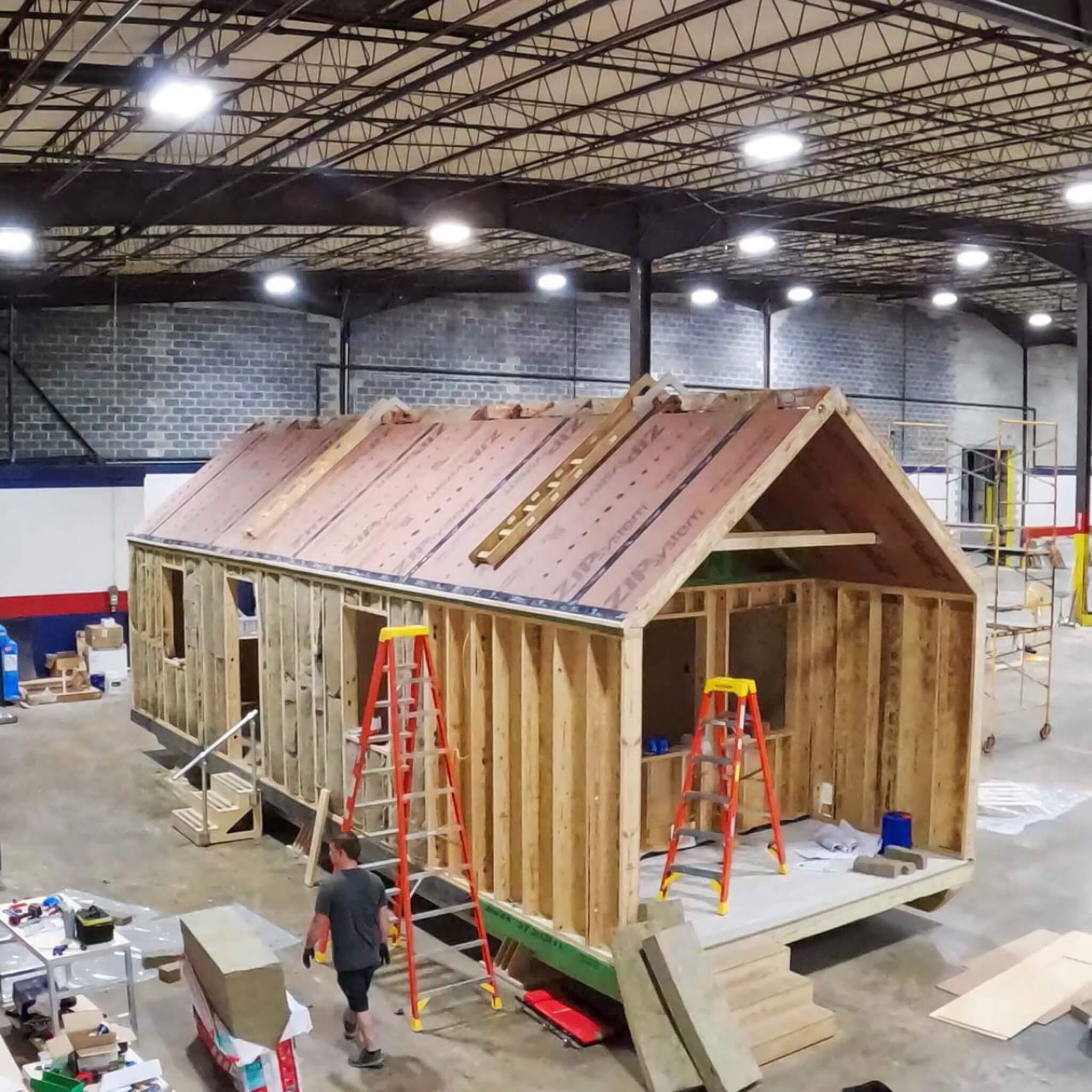
A society that allows housing to be unaffordable for more than half its population simply must challenge the systems that make it so. Even small efforts like ours are the responsibility of everyone with the power to make change—politicians, architects, developers and builders chief among them. We believe a major paradigm shift in housing construction can and will take place, and when it does, it will bring hundreds of manufacturers and builders, formerly disqualified from inclusion in public projects and federal approvals, into a marketplace that will spur competition, lower pricing, and make home ownership possible for thousands of Americans.
Jordan Rogove and Wayne Norbeck are cofounders of DXA Studio, a New York City–based architecture firm, as well as Liv-Connected, a modular housing designer and manufacturer. They have recently been leading the effort to provide dignified and safe temporary housing for migrants in New York City.








